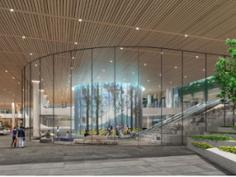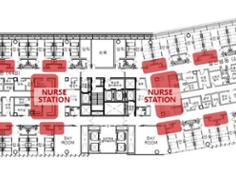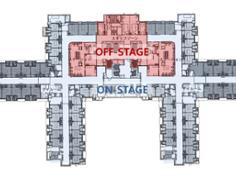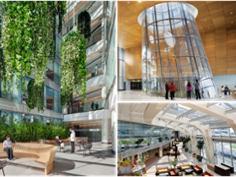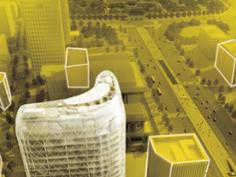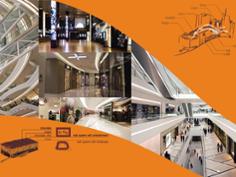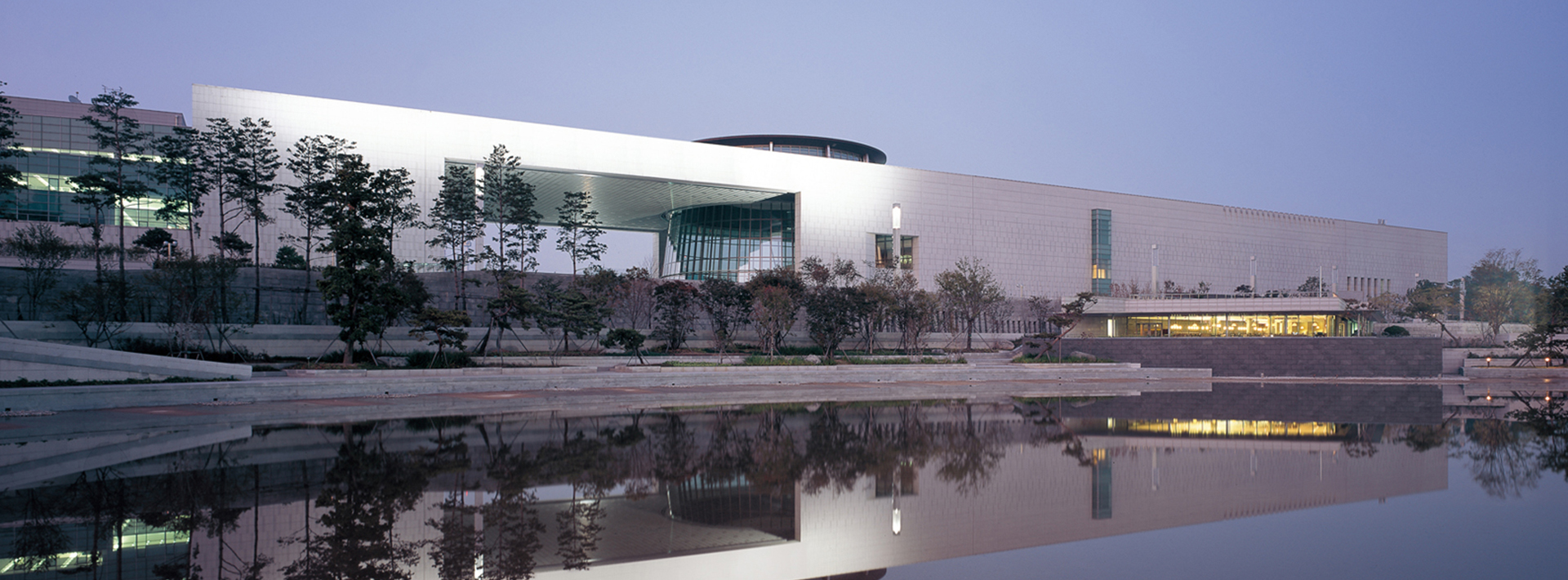
Koreanness in the Global Age
The global issues are the common topic in every discipline. We are living in the age of overflowing globalism with the term "global" tagged to everything from strategies to perspectives, corporations, and landmarks: global strategies, global perspectives, global corporations, and global landmarks.... In this age when rapid globalization is under way, the discussion over traditions and Koreanness comes as an irrelevant or outdated issue. If we regard this as the matter of identity, however, it comes as a timeless question that is primary and essential. On the contrary, it will be problematic indeed to lead a life, business, or architecture without such a question of identity.
"What is Koreanness, and what values does Koreanness have in this age?", "What is tradition, and what is the root source settling at the bottom of myself regardless of the change of the world?", "How should we live in the age of globalization as Northeast Asians?", and "How should we not forgo our identity but acquire the global universality?": these could be the critical issues about which we should think in this age of whirlwind transformation. Now is the time to keep off such bipolarized attitudes as to be nostalgically backward-looking by immersing in Koreanness on the one hand or to ignore and deny ours on the other. Living in the twenty-first century, we are not as old-fashioned as to dichotomize traditionalism and globalism, but can take how to harmonize both creatively as a new topic. In this respect, the activities in nearby countries of Japanese or Chinese architects have many implications, in that Korea, China, and Japan are not only different but also have common characteristics as the Northeast Asian nations. Particularly, Japanese architects, who naturally demonstrate their own architectural color and flavor without emphasizing such terms as Japanness or Asianness, serve as the good reference for us. Japan produced even four laureates of the Pritzker Prize which is likened to the Nobel Prize of architecture. The reason why they won it even four times, I think, is not that they made Western architecture better than the Westerners, but that they harmonized the Western-style architecture well with Japanese regionalism (Japanness). Likewise, I intend to gain clues to seek our future path based on the theme of "harmonizing regionalism with globalism" borrowed from the late Swoogeun Kim, the architect acclaimed as representative of Korea by the world architecture people, and Tadao Ando, the Pritzker-winning Japanese architect.
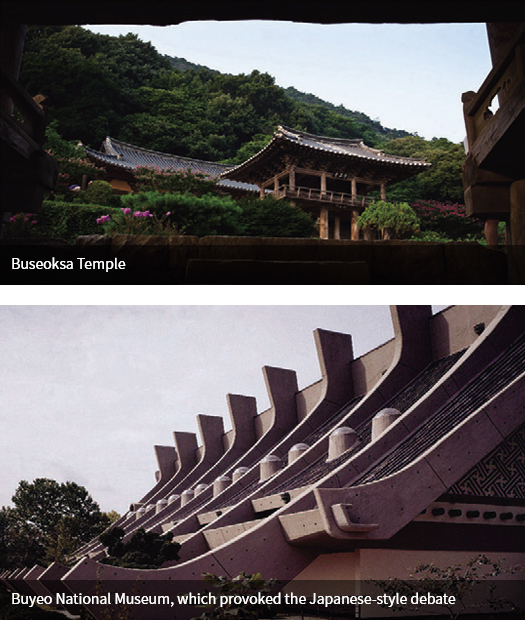
Swoogeun Kim studied abroad in Japan under the instruction of Japanese architects influenced by Le Corbusier, and then came back to Korea. Soon after that, he became distressed with Buyeo National Museum he designed, which provoked severe debates over whether his architectural style was Japanese or not. This distress, however, did not frustrate him but lead him to a new way of commitment to exploring Korean traditional architecture. In this way, he became gradually awakened to the tradition. The pivotal event in his awakening was the encounter with Soonwoo Choi, the then-director of the National Museum of Korea, as demonstrated well in Kim's confession as follows: "I travelled Korean provinces every weekend together with Mr. Choi, who personally taught Korean beauty to me, a young architect who was then too ignorant about Korea after studying in Japan. In a sense, it was he who led me to become a Korean architect. If I couldn't meet with him, I must have remained an architect, architectural technician, or general designer who does not understand the Korean beauty well." The master and the disciple visited folk housing together, surveyed thatched houses, and crisscrossed the entire country to visit temples. The way Choi educated Kim during their joint travel was singular. Choi did not impart anything forcefully nor emphatically, but gently and simply without showing off his knowledge, so that the counterpart could realize by himself. Without any particular explanation or specific correction, he just intended to open Kim's eyes. Thanks to these travels, Kim was able to establish some design principles and ways of thinking as opposed to the loss of humanity and the environmental destruction due to the development of material culture and expansionism. What Kim defines and pursues includes Negativism, which proposes sobriety and simplicity in harmony with the needs of nature and environment; Jagalism, the neologism tending towards appropriately sized spaces and forms in human scales; and Ultimate Space, a space of affordance to maintain and recover humanity while escaping from mere functions or efficiency. Along with these ways of thinking, he unfolded his own architecture by using intimate materials like bricks. This is still appraised as the most successful case of modernizing tradition in the history of Korean architecture.
For this challenging task, the Japanese architect Tadao Ando's proposition provides sharp-eyed wisdom. He argues that tradition or regionalism is not about formal imitation but about the inheritance of spirit and affect, which is to say that identity can be constituted not merely by what is visible but indeed by what is invisible. Formal imitation makes dissonance with the time, while the inheritance of spirit and affect is not easy to realize. Nonetheless, Ando has long conducted research that provides us with good clues. His talk about Japanese spirit and affect focuses on the following themes: the awe towards nature and place; the aesthetics of the in-between that values the spacing between things; the respect for and direct conversation with materials; the aesthetic consciousness of simplicity to minimize things to the extreme; and the Japanese sentiment that respects order. Although different in degrees, most of them may well be used as themes that represent his architecture. Also, the examples of Japanese traditional architecture he singles out as the basis of spirit and affect in the Japanese tradition include the tea house called Sukiya (數奇室) and folk housing. The characteristics of these two types are summarized as follows:
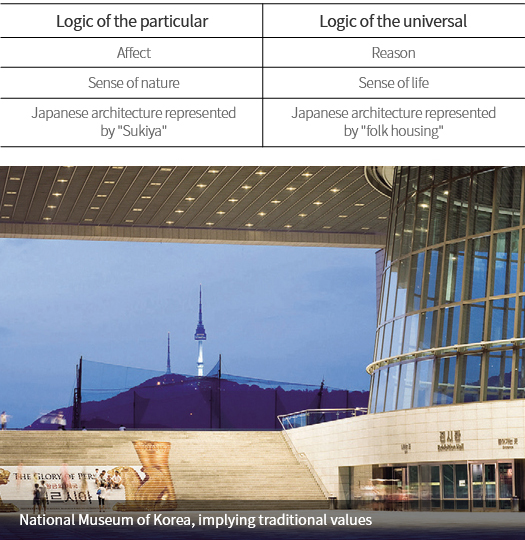
The "Sukiya" to enjoy the Way of Tea (茶道) and the folk housing for life are distinguished in their aesthetic senses, but similar in their spirit to be harmonized with nature. Ando talks about the harmony between universal and particular dimensions, the former of which underpins the order of life while the latter enriches respective scenes of the life. With this long quest of research, he intended to integrate the oppositional and contradictive values of Japan (the East) and the West into one: "Through these contradictions, we can touch on the atmospheres of the East and the West together behind the apparent state of hard collisions between the senses of space, so that a new space can emerge above the surface in resonance with their latent characteristics"; "After much consideration, I concluded that the goal of my works should be to integrate the contradictive spatial concepts into one single architecture, an architecture that overarches all of those respective concepts."
Either from Kim's brick architecture or from Ando's exposed concrete architecture, we cannot find any trace of imitating the forms of traditional architecture. However, both architects well-represented regionalism while embodying universality that can communicate with the world. Also, they are not just big fishes in their domestic pool, but now recognized by architecture people from around the world. They succeeded in discovering their own ways of thinking and methods through in-depth research and contemplation.
As part of this quest, Junglim Architecture has also promoted the theme of "Globalizing Tradition of Korean Architecture" for the Junglim Architecture Awards for Students over several years. Still today, we need to step forward into the quest towards the future beyond the outdated formal logic. Towards the architecture of a new era that harmonizes regionalism and universality so as to make itself recognized by the world....
Reconstructed excerpts from Cheolho Hwang, “Globalizing Tradition of Korean Architecture," Junglim Architecture Works 2012

